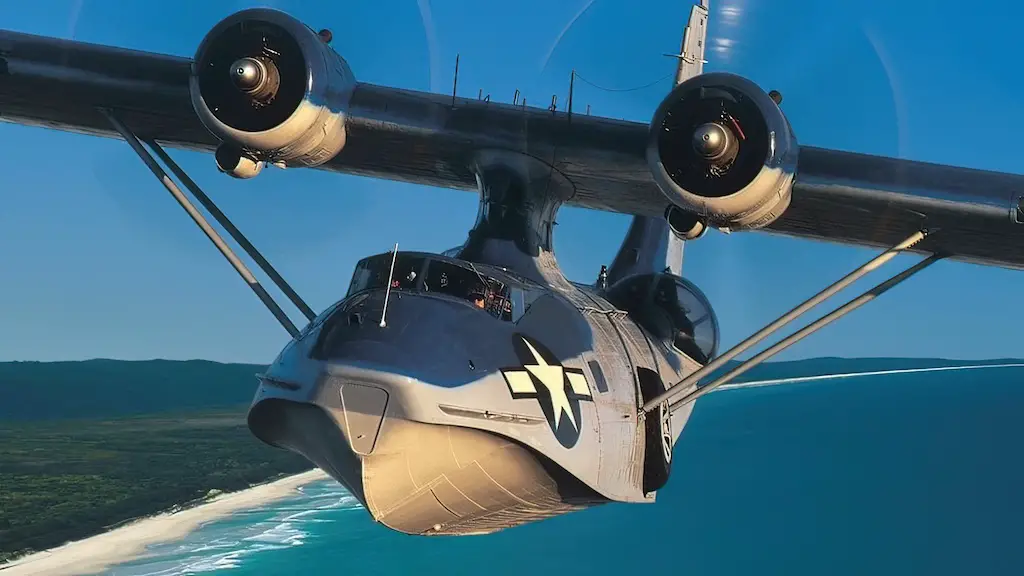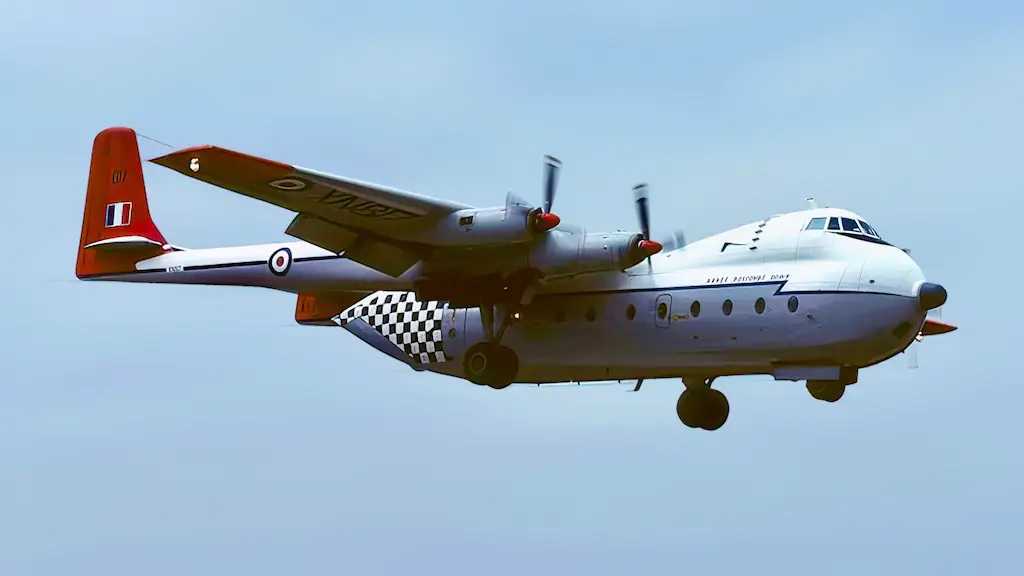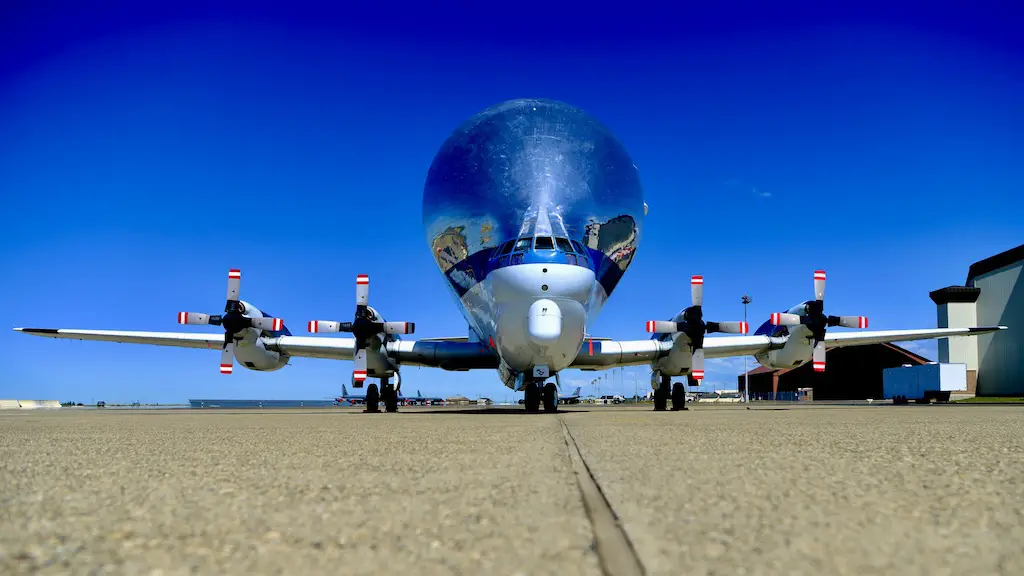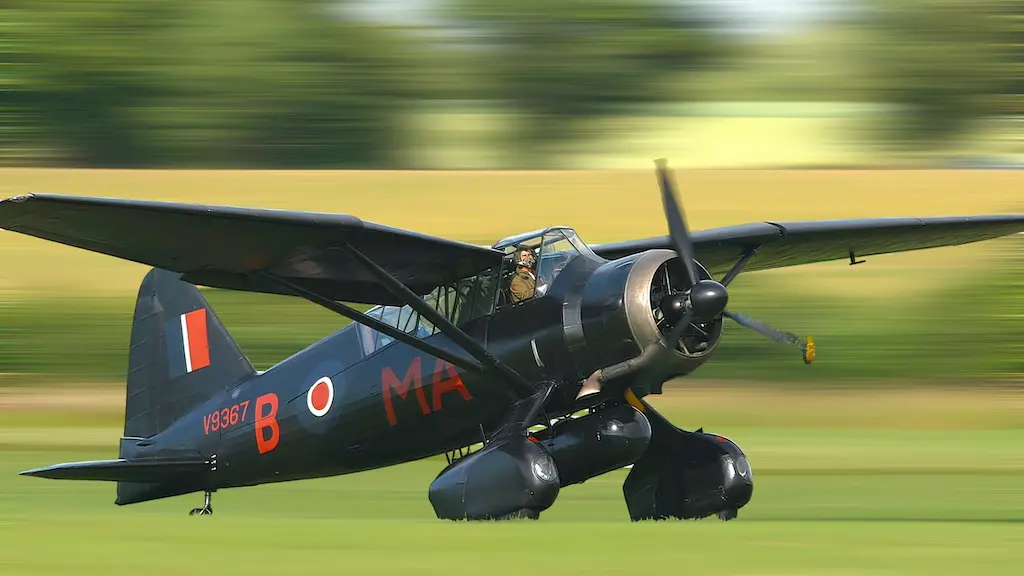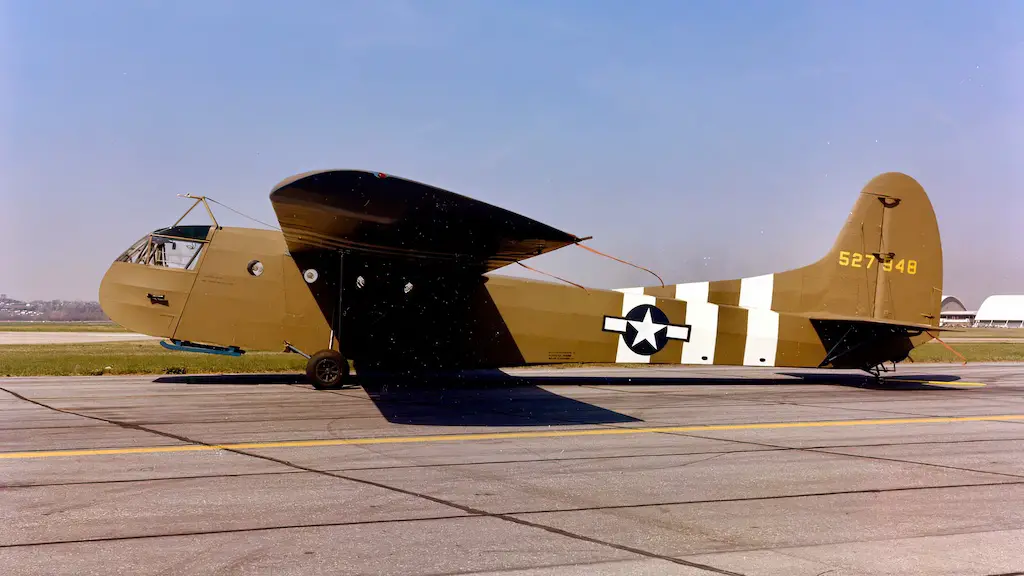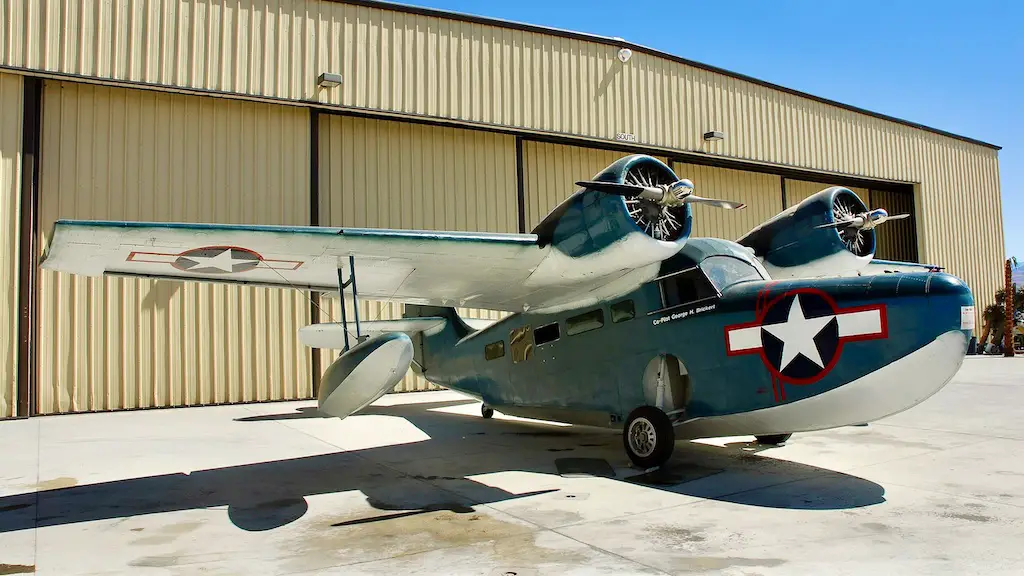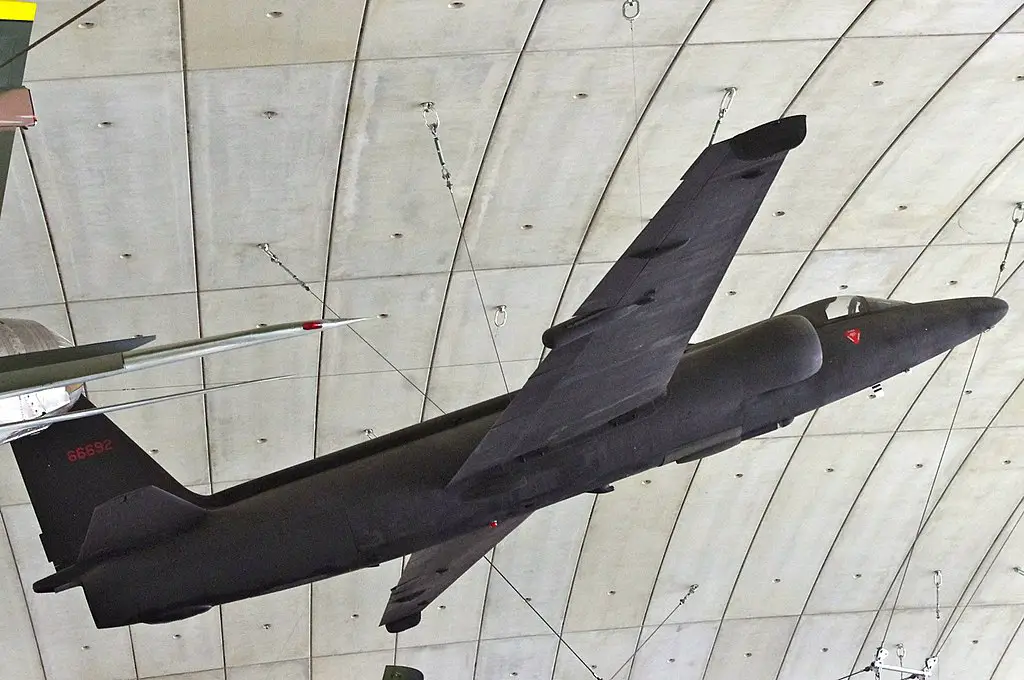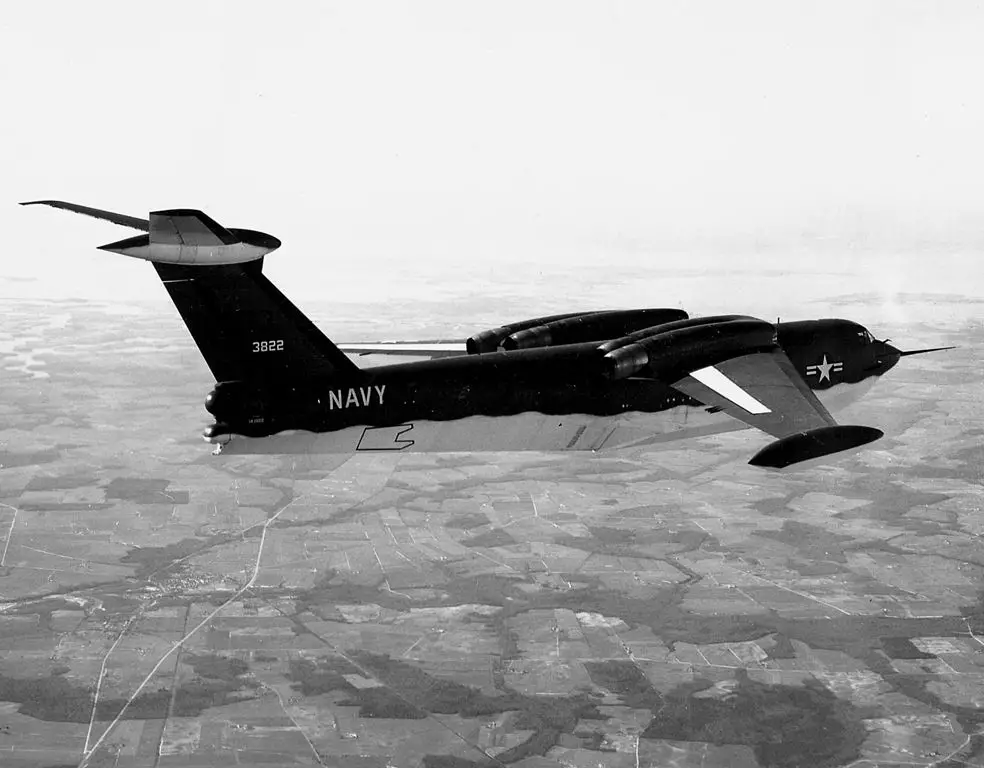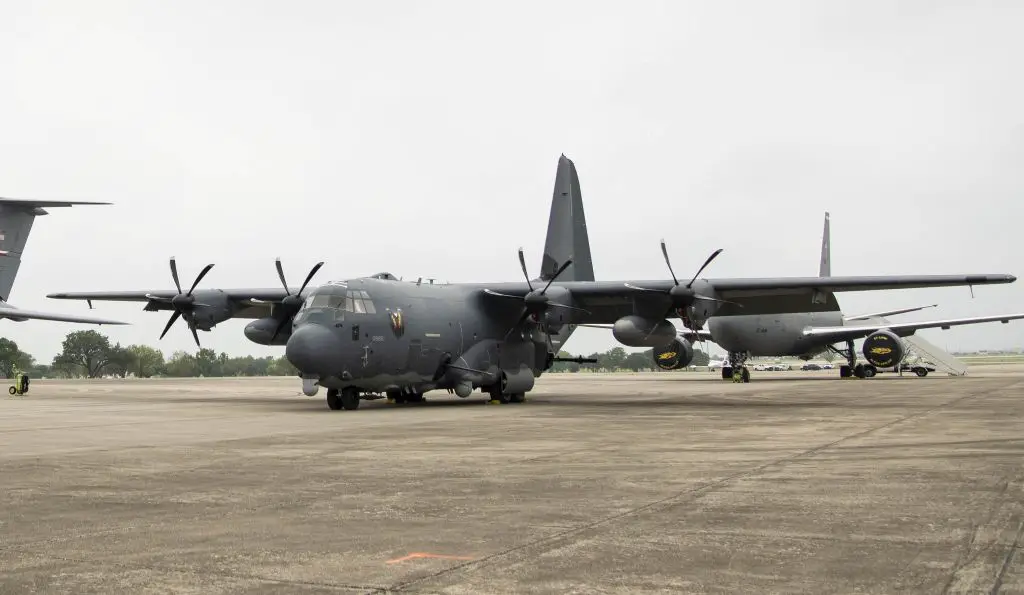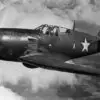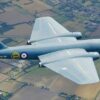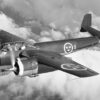Popularity
From whenever large commercial airliners started appearing in the first half of the 20th century, flying boats were held in extremely high regard. With the ability to take off from water (and sometimes land), these planes were extremely versatile, and due to their virtually unlimited runway distance, were able to grow to immense sizes.
They opened up travel to remote locations near the shoreline; connecting European cities with their colonies in Africa, the Near East, and Asia; and were also useful in the military serving in rescue missions. Once extremely popular, the demand for such machines declined shortly after the end of the Second World War. Though, in recent years, they have made a comeback.
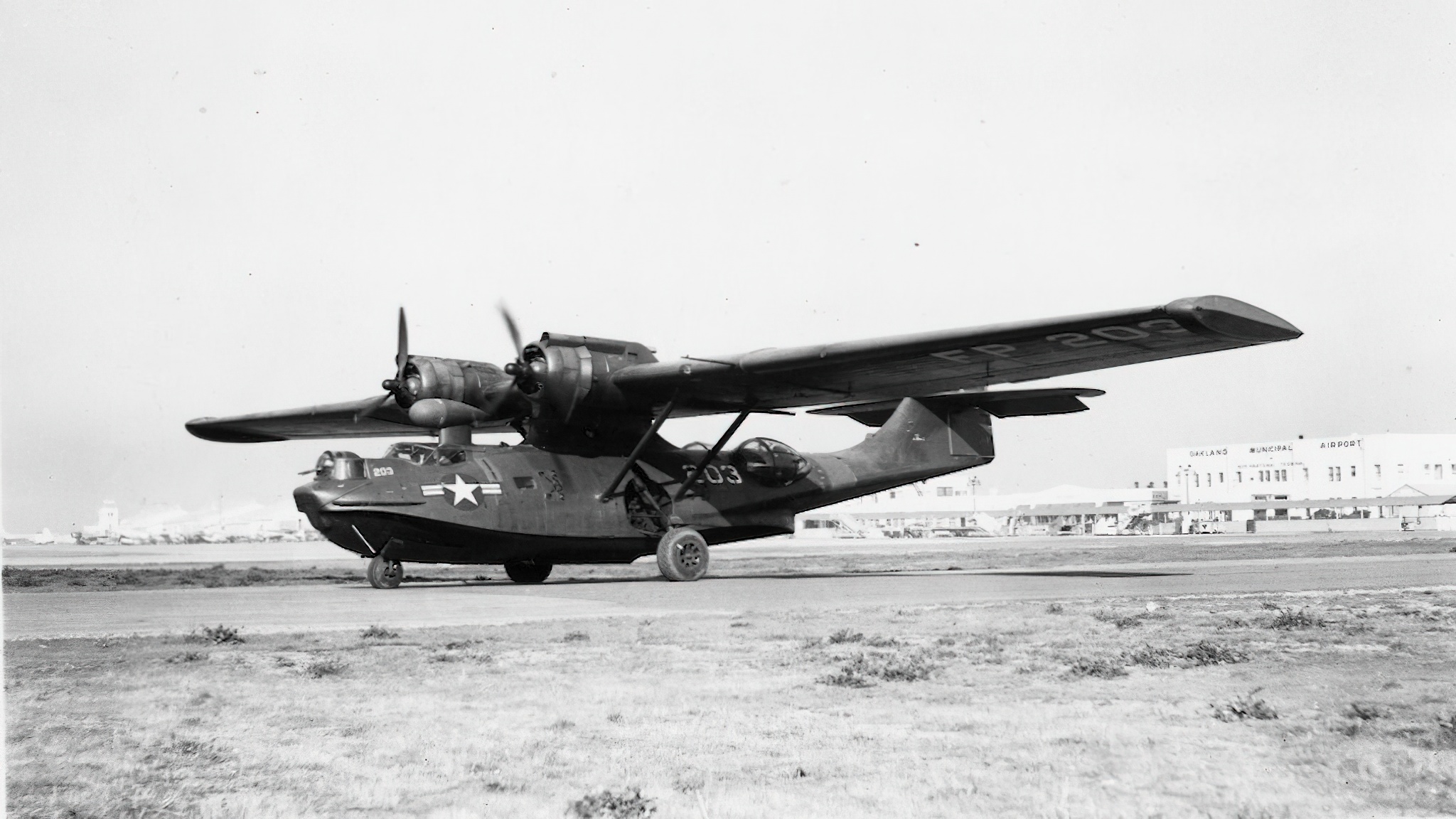
Definitions
The concept of flying boats is pretty straightforward. They are like any regular aircraft but are also able to land on water like a lot of James Bond movies. While the terms “floatplane,” “flying boats”, and “seaplane” are often used interchangeably, they do not mean the same thing.
On one hand, floatplanes land on buoyant floats positioned underneath the aircraft. They are usually smaller and cheaper to produce, as the fuselage doesn’t come into contact with water. Those would often be the personal or scouting aircraft. On the other hand, flying boats land on their boat-like shaped fuselages.
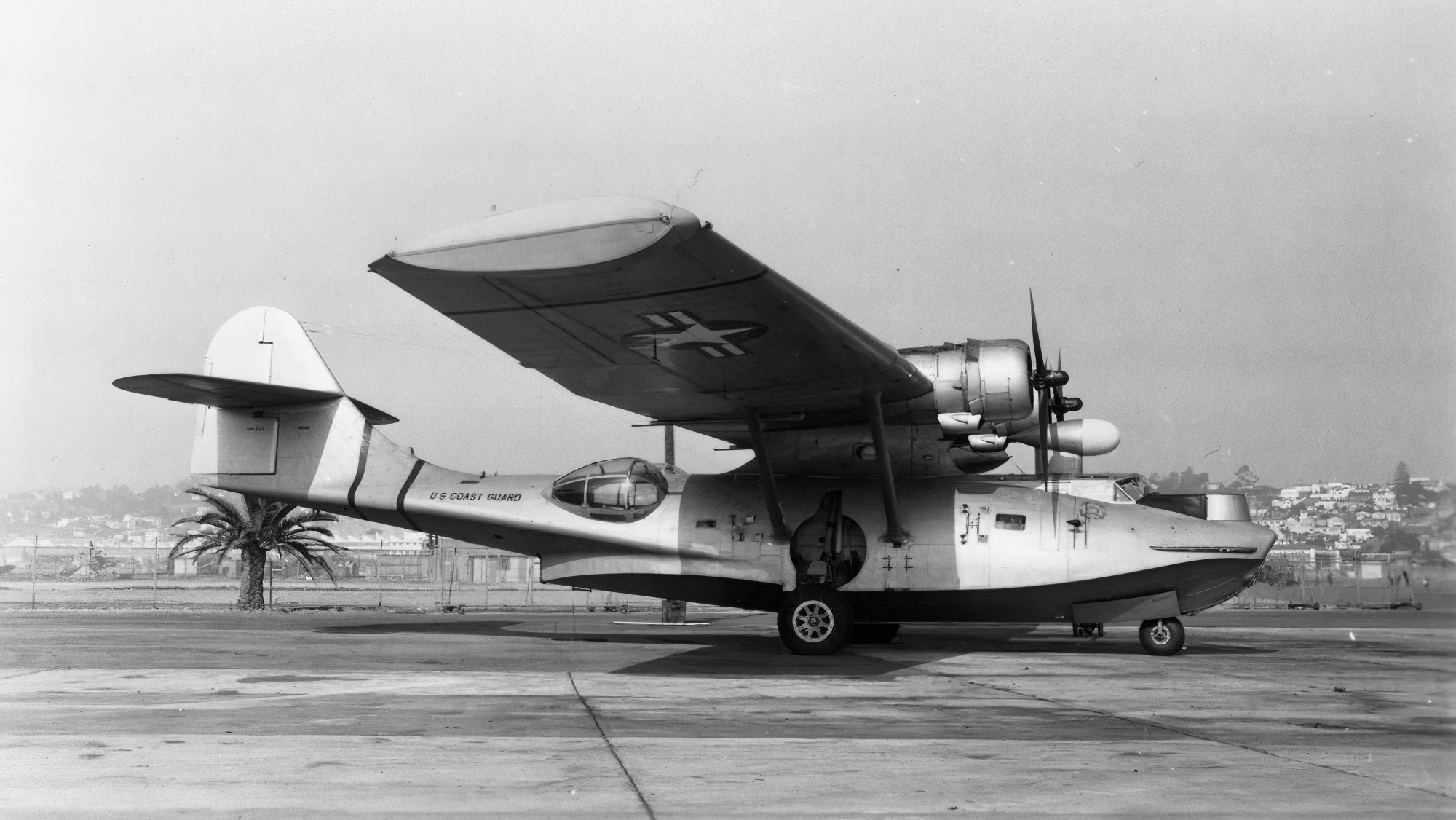
They are typically larger and more costly, but possess greater range and heavier payload capabilities. Flying boats are usually military and larger commercial airliners. The term “seaplane” is all-encompassing and used to describe any aircraft that can land on water. Floatplanes, flying boats, and seaplanes alike can be designed to touch down on water or land, and are thus known as amphibious aircraft.
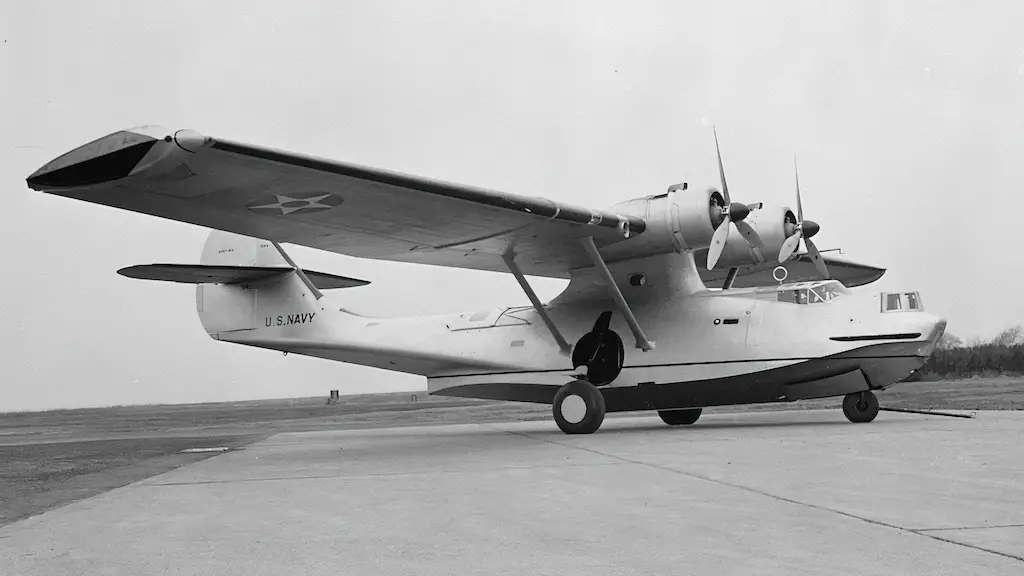
Reliable machinery
Aircraft that could operate without concrete or asphalt runways used to not not only be extremely useful but quite necessary. Particularly in the interim period of the World Wars, the vast majority of areas around the world were without modern infrastructure. The high costs associated with such infrastructure were a primary reason for such setbacks. To put into perspective the US had only one concrete runway as of 1938 and that was the Long Island’s Floyd Bennett Field.
The majority of the world’s important cities were located by the water, be it sea or ocean. Flying boats could travel to the most remote of such locations and still have a place to land. With the capabilities to refuel at sea, they were able to fly further than solely land-based aircraft. Runway length at sea was virtually unlimited and that allowed the building of larger aircraft that could take-off with longer distances.
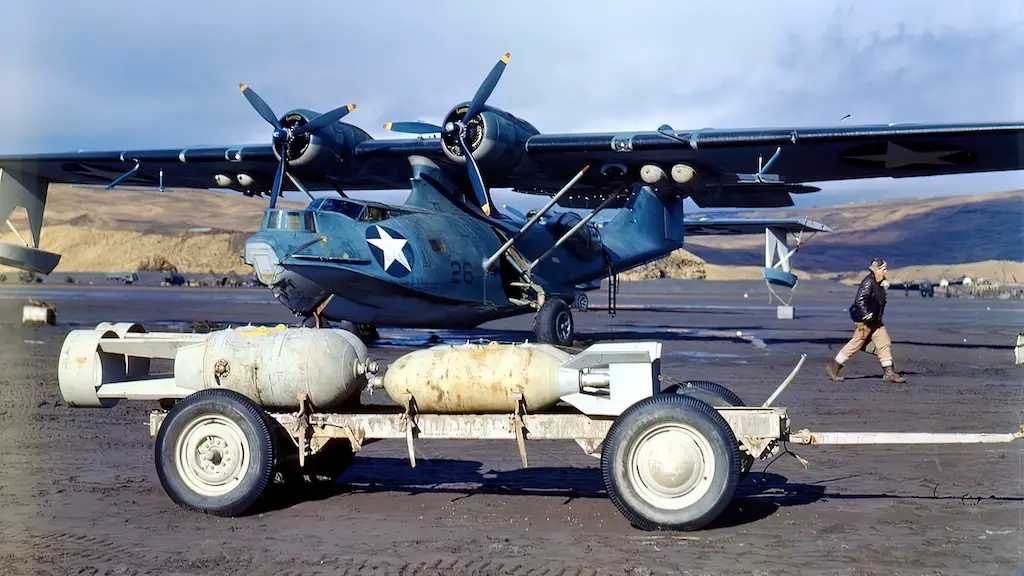
By the end of WWII, seaplanes were among the largest aircraft in the world. This made them well suited for travelling to remote locations with large loads and they were not limited by the runways at the destination or refuelling locations.
Safety with a seaplane was also another advantage. When conventional aircraft experience issues over the ocean, they would either crash in the ocean or make a rough landing then jump overboard. Flying boats had no such limitations. In the end of mechanical failure, the aircraft could simply land and radio for help in safety.
If plausible, they could conduct repairs on the plane themselves, at least until they reach relative safety or they could land safely and then scupper the ship or have it towed to a friendly harbour by allied ships.
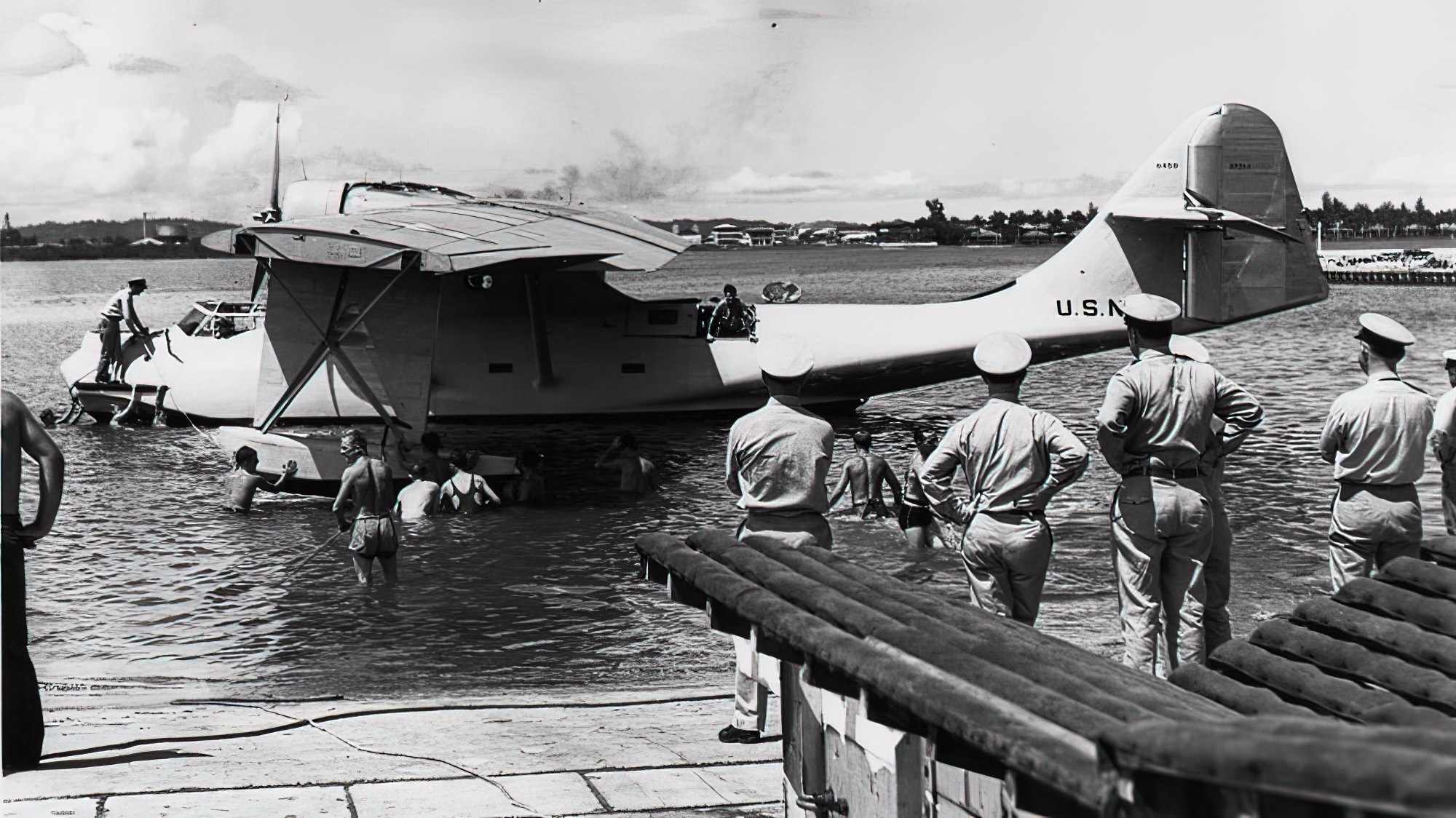
Decline
Despite the advantages of relative safety, practicality, and versatility, flying boats slowly fell out of use following the conclusion of the Second World War. The US Navy continued to operate amphibious aircraft until the 1960s, and had even even tried to develop a jet-powered flying boat bomber, the Martin P6M SeaMaster in the 1950s. However, numerous design issues made it ill-fit for active service.
During the Pacific Campaign, the U.S. Navy’s famous “Sea Bees,” construction battalions, paved over countless islands on their relentless drive to continental Japan. In an unprecedented proportion, the U.S. Army Corps of Engineers and engineer aviation battalions built hardened runways all over Great Britain, Europe, and across the North Atlantic.
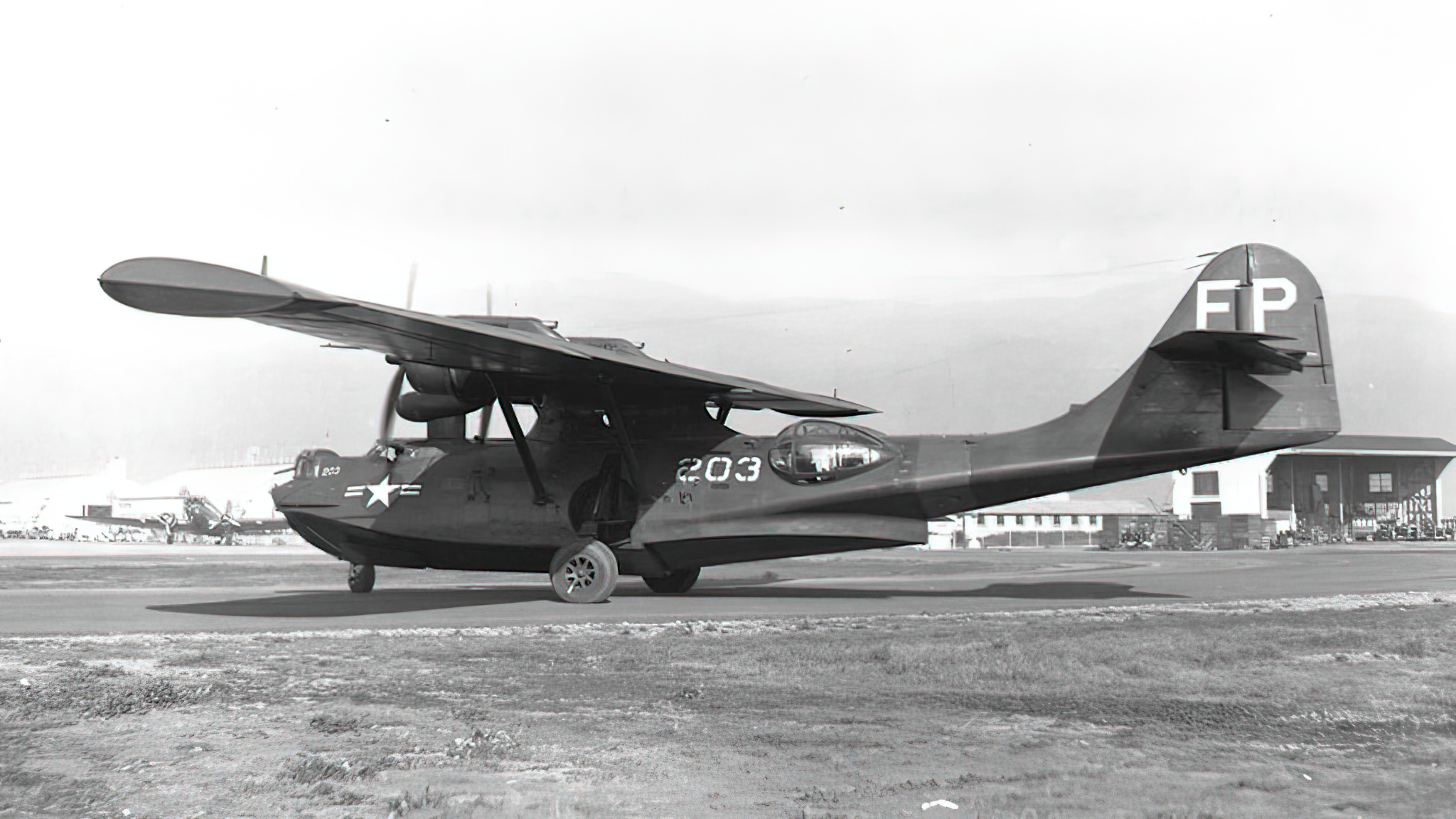
Working with Pan American, the Army built airports with concrete runways across the Caribbean, across the northern part of South America, across the South Atlantic, and across North and Central Africa to West Asia and on towards India to bases in China.
Domestically, the military built hundreds of new airports while the government upgraded and paved existing municipal airfields. With such construction milestones, militaries and companies opted for land-based aircraft as the premise for future aircraft designs.
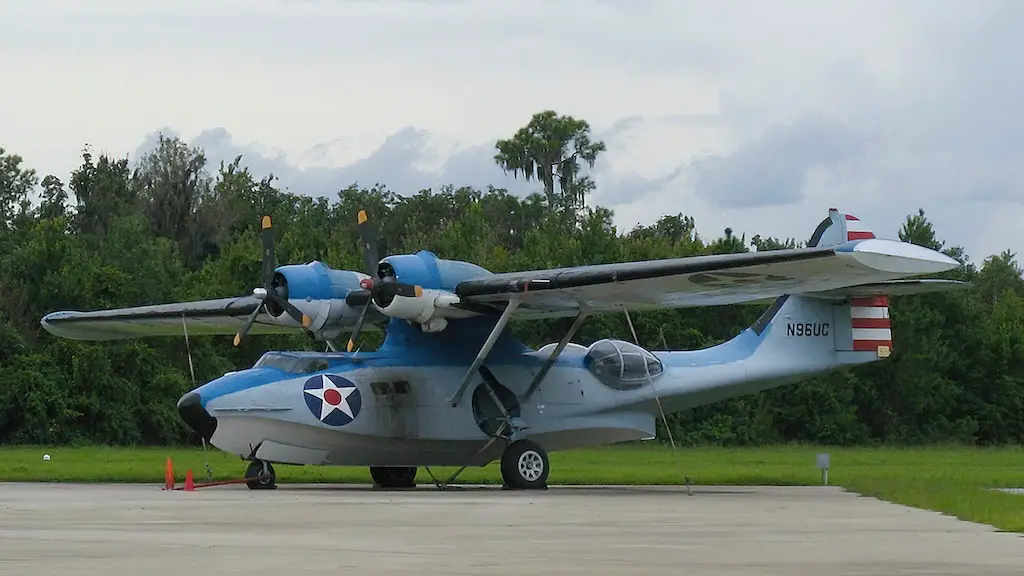
Inclement weather was also an obstacle to seaplanes. While the ability to land on water initially made flying boats appealing, their pilots were often at the mercy of Mother Nature. Rough seas often prevented landings and take-offs, whereas land-based aircraft could still operate normally. Aircraft that could operate in all weather conditions such as Lockheed’s U-2 would even nullify any natural obstacles altogether.
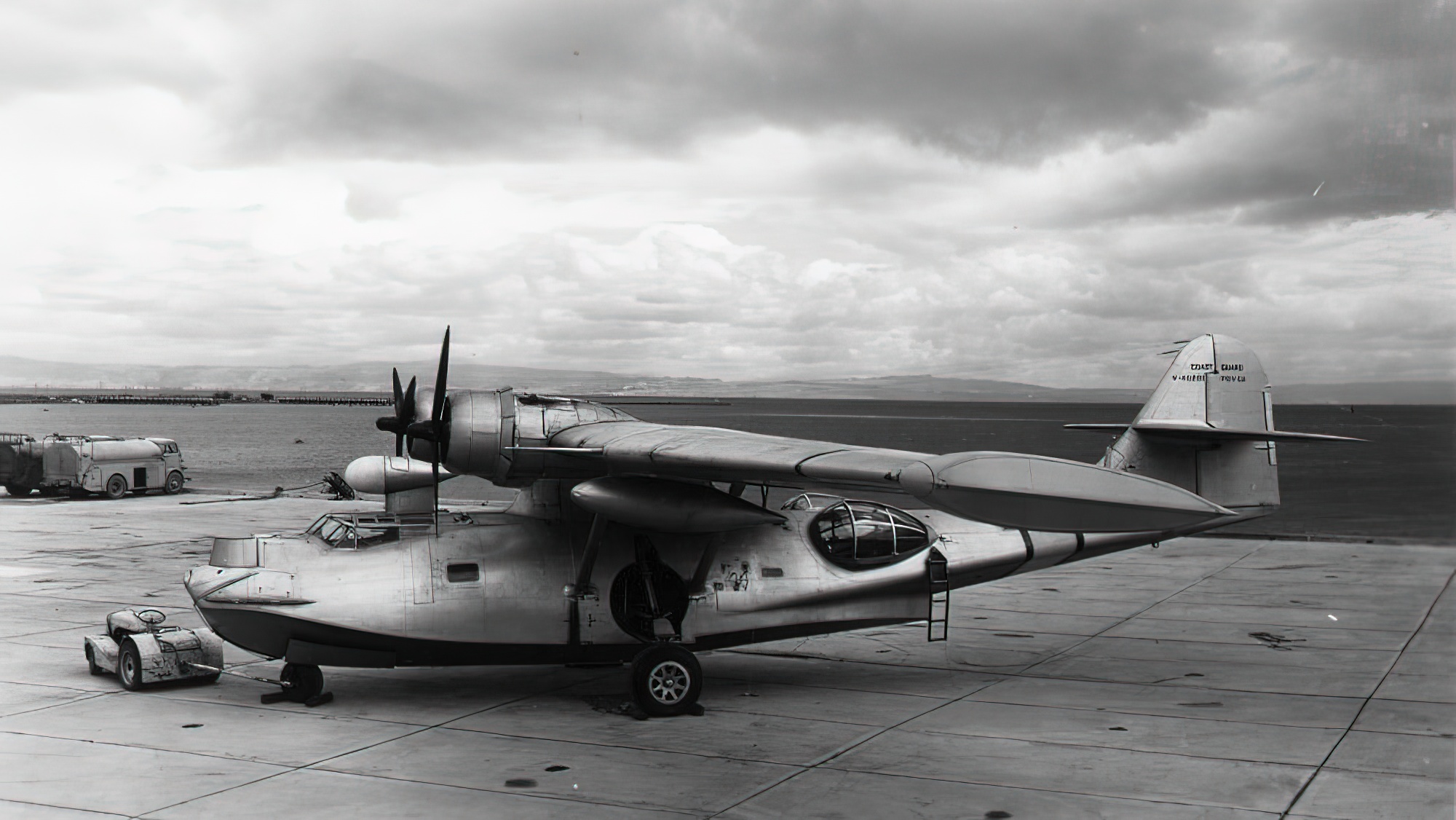
For these reasons, flying boats are no longer necessary as in the quantities they once possessed. They continue to fulfil niche roles today, including maritime patrol and forest fire suppression. Moreover, they are witnessing a comeback in the civilian market and even in the military such as with plans to convert the MC-130J Commando II aircraft into an amphibian vessel to serve the needs of special operations.

